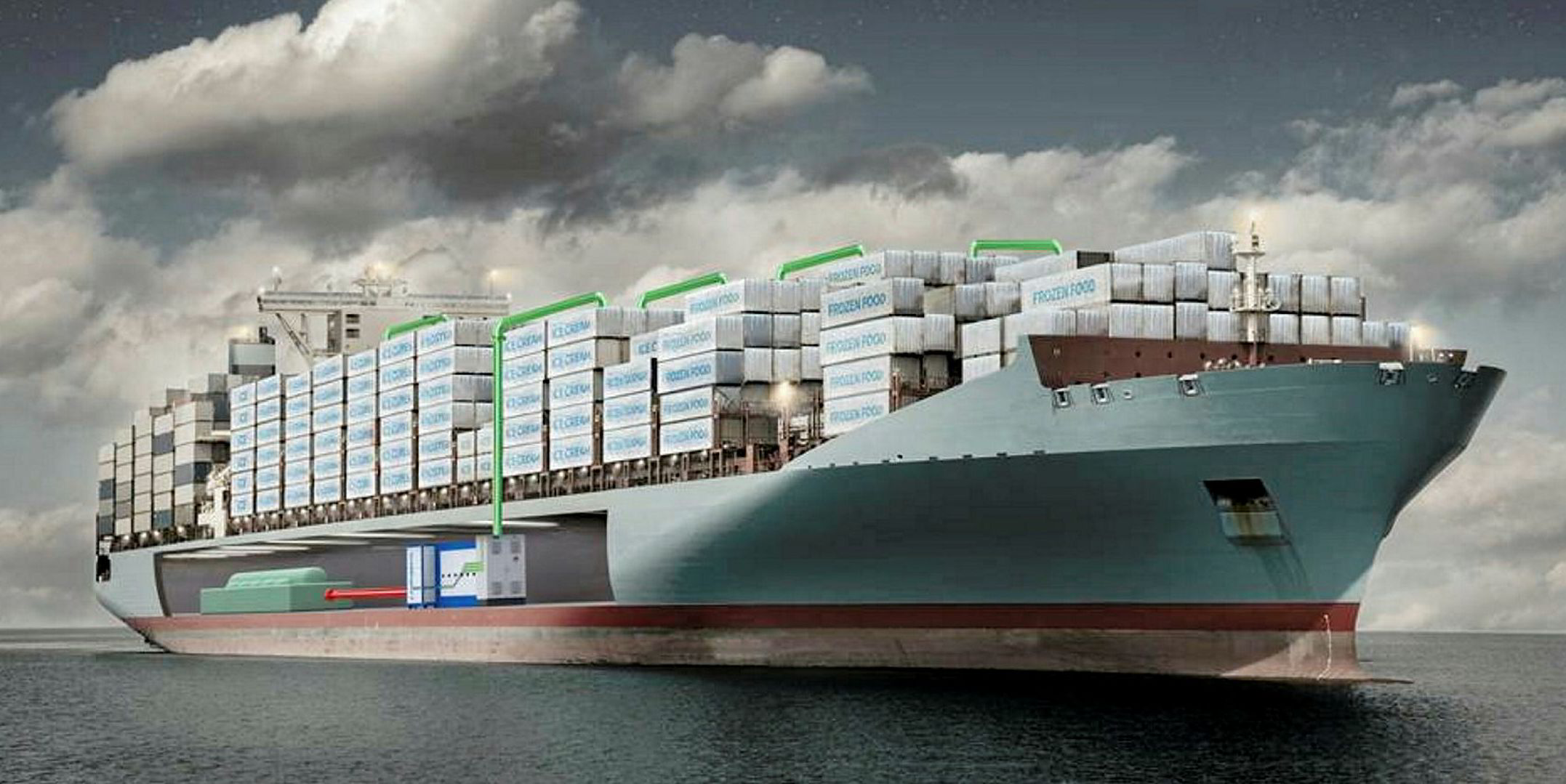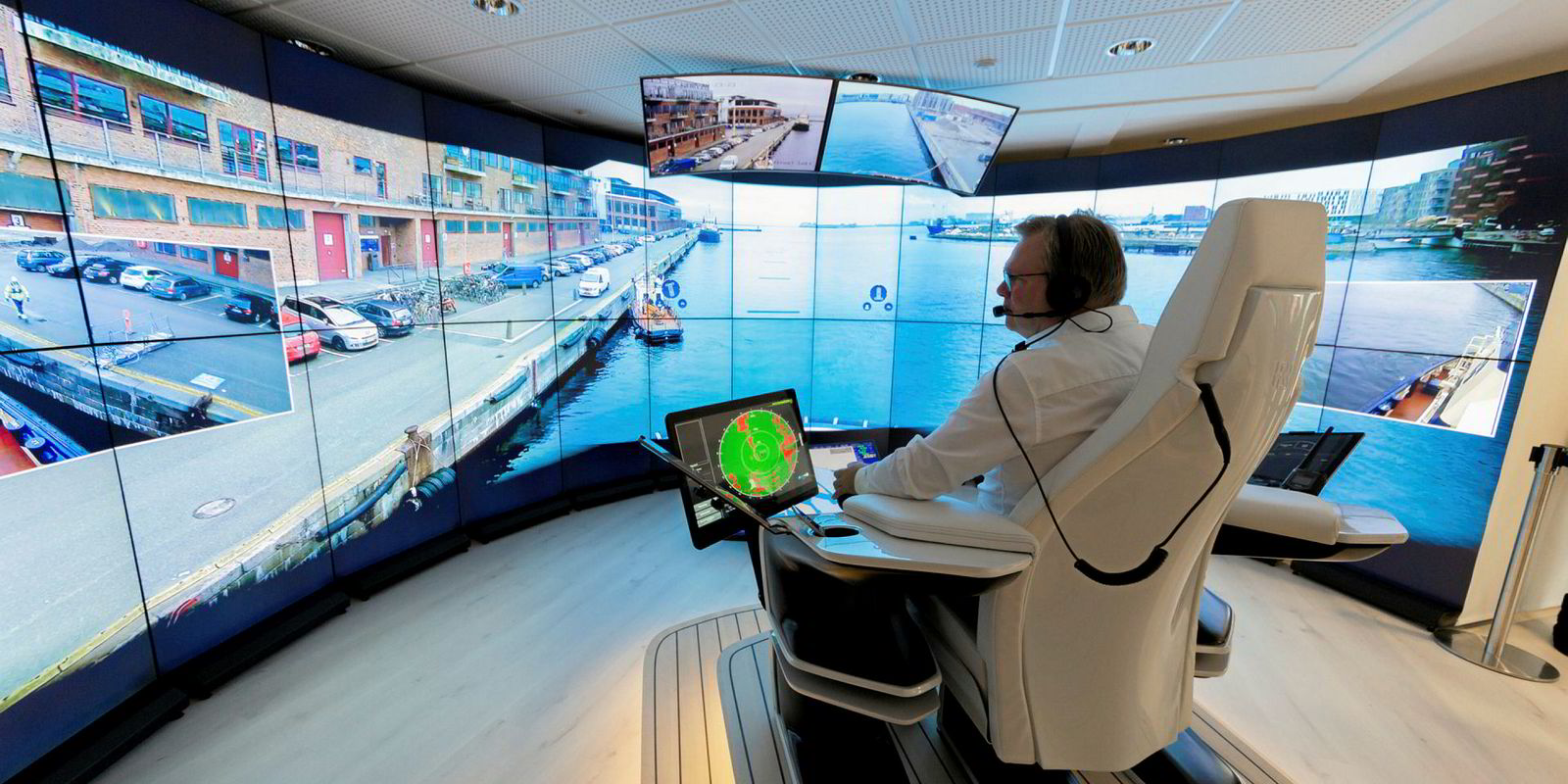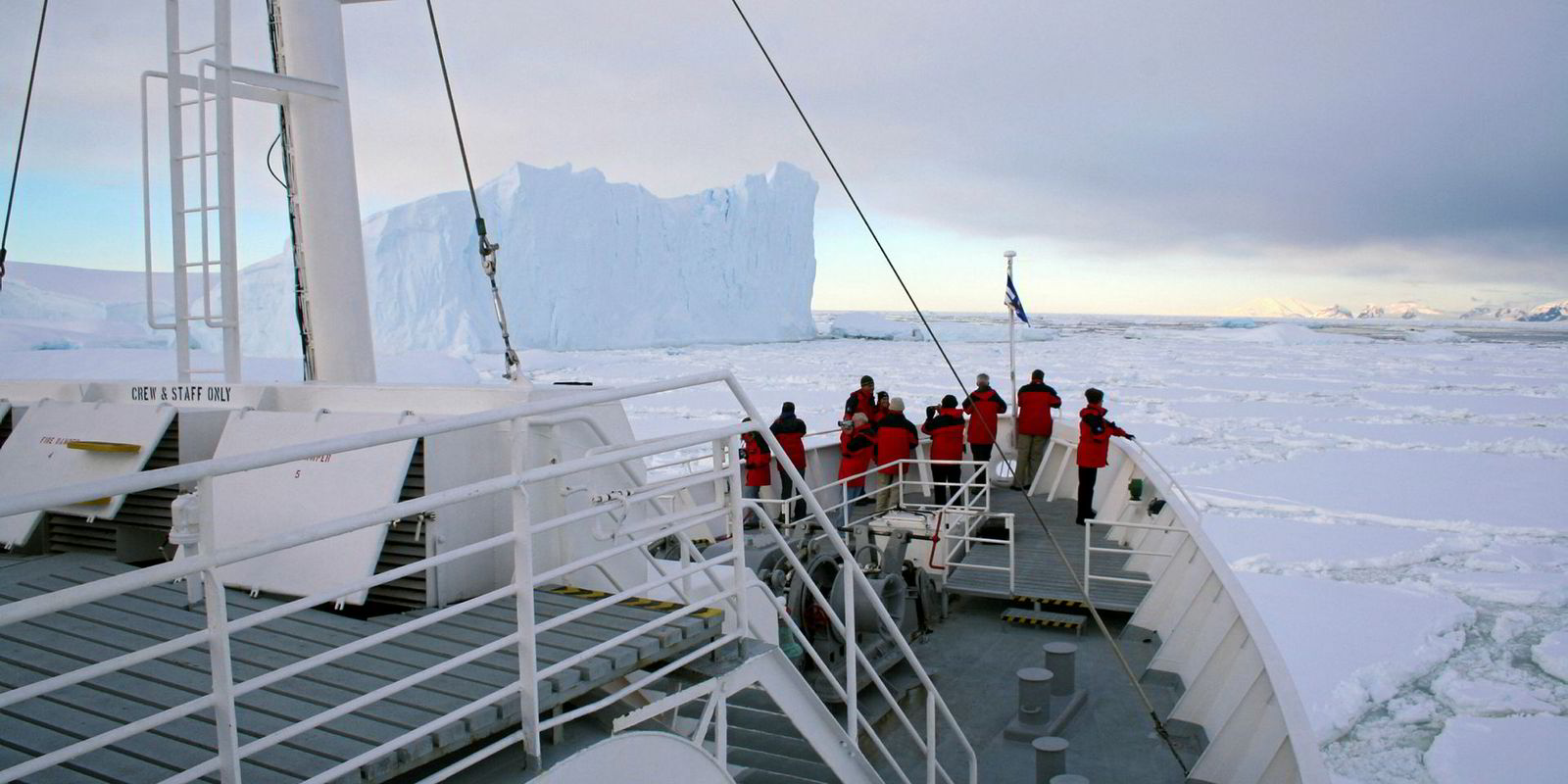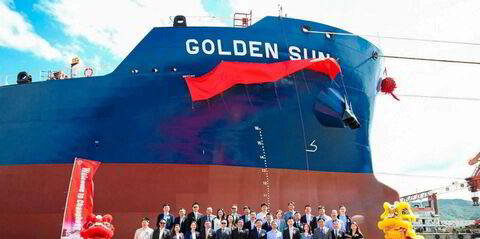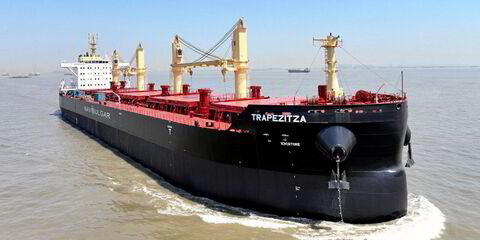A Norwegian outfit says waste heat recovery is the “hidden jewel” in the drive for renewable energy.
Viking Development Group's Viking Heat Engines (VHE) has developed a so-called CraftEngine that transforms low-temperature waste heat into electricity.
Based on a piston expander developed in collaboration with German engine design company AVL, VHE claims fuel savings of up to 5% can be achieved — and NOK 400m ($48m) is said to have been spent on developing its product.
The largest unit available so far using the organic Rankine cycle (ORC) technology is 40kW and, using experience from that, the company has turned its attention to the shipping industry with its "Large Engine Programme".
Plans are in place for a range of engines of 100kW to 400kW, and maybe 600kW, VHE chief executive Tor Hodne says.

The system uses waste heat streams as low as 80C or 90C from a ship’s exhaust gases or cooling circuit as fuel for its CraftEngine.
It is claimed to be unique in that it automatically adjusts to changes in temperature and power input without affecting performance or efficiency. The standalone units require heat exchangers to capture the waste heat stream.
Hodne says there are many types of ORC already on the market, including huge turbines, which are unsuitable for ships. Little is available below 1MW.
“This is a gap in the market we are targeting,” he says.
The system functions similar to a combustion engine in cars, trucks and diesel-generator sets.
The difference is there is no combustion, with the CraftEngine being driven by the external heat released into the unit in liquid form. This is pumped to a high pressure and temperature, passes through a valve system and enters the expander chamber, where it turns into a gas to run the pistons.
Fuel savings depend on the amount of waste heat that can be used, including scavenged air.
Potential technical usage has been put at around 10,000 ships, or 20% of the world's fleet. Performance naturally improves for vessels in operation most of the time, on long-haul routes and with high stable speed/load.
Hodne says the system is designed to run year-round, with an estimate that the proposed large engine series of between 100kW and 600kW is likely to sell for about €1,000 per kW.
Hodne says this means 300kW units for large container vessels, for example, will cost €300,000 to €400,000 ($341,000 to $456,000).
VHE claims such a unit can supply 1,650MW per hour of electricity, save 321 metric tons of heavy fuel oil per year, and avoid 800 tonnes of CO2 emissions annually, using just engine cooling water.
Savings of more than €100,000 per year are estimated in this case, with a payback time of three years.
Hodne says the first large engine units should be available from the second half of 2019, with full production from 2021.
VHE is said to have spoken to several shipowners and large engine suppliers. It is said to be in negotiations with AP Moller-Maersk for joint development of the large CraftEngine for shipping.
A first prototype installation by VHE is expected in the second quarter of 2019.
